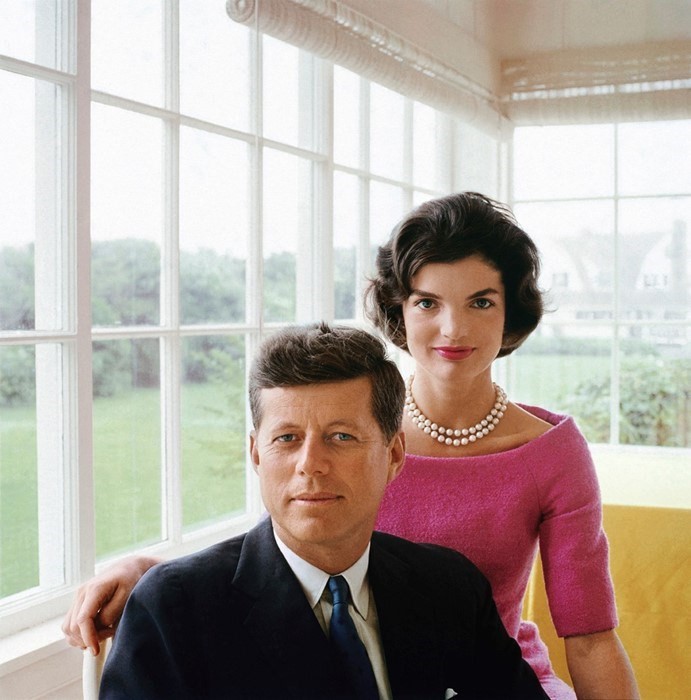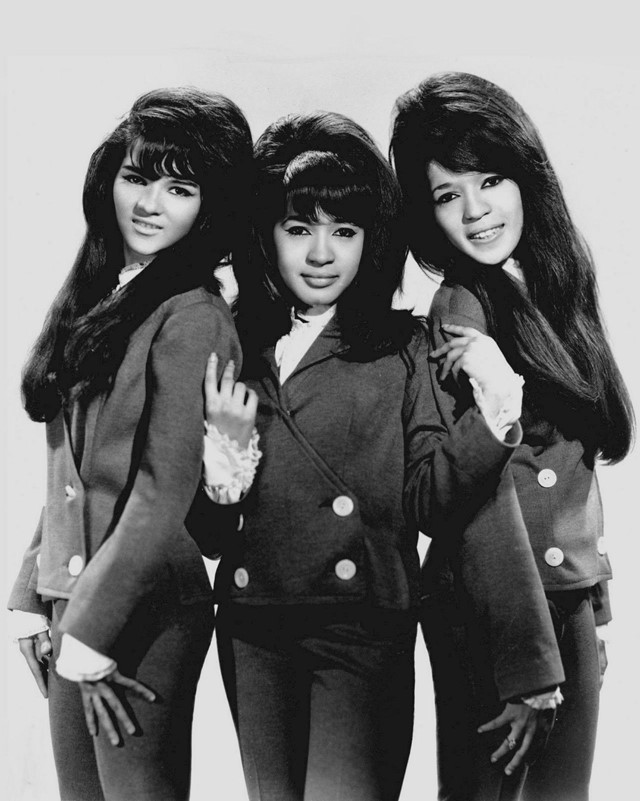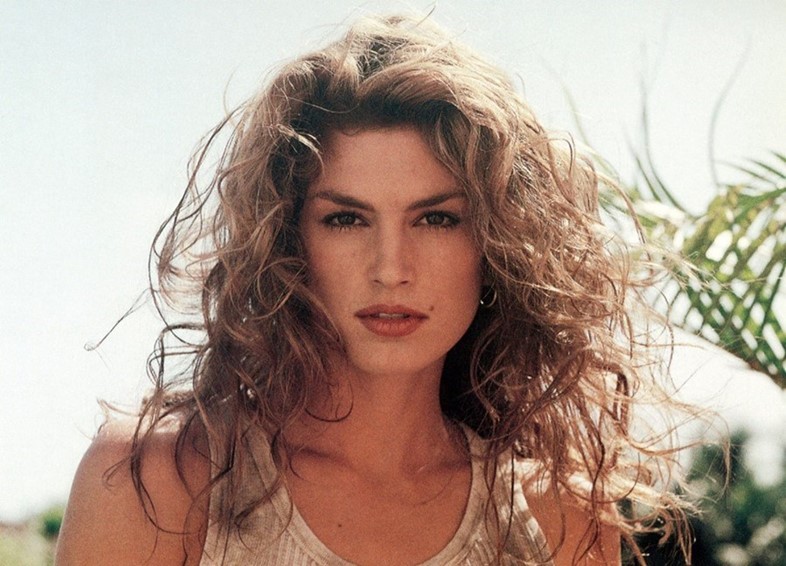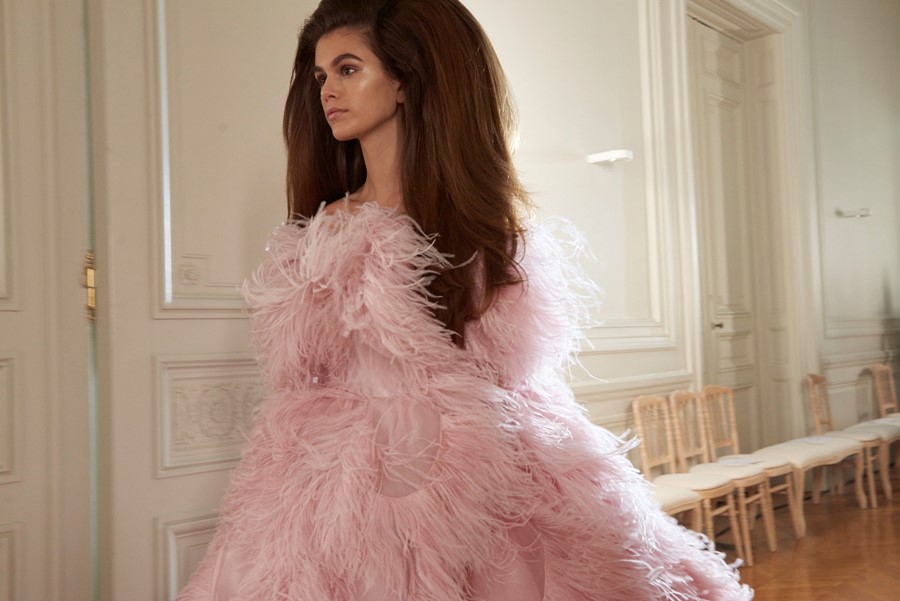An homage to the bouffant, and the women who immortalised it
If ever there was a hairstyle to celebrate – if simply for the sheer architecture of it – it is the bouffant, a gravity-defying coiffure favoured across the centuries by proprietous First Ladies and disaffected teenage rebels alike. The women who have most immortalised the style are also those who have wielded considerable influence over the way women of their era dressed – from the á la mode raised tresses of 18th-century French marquesses to the refined, and oft-imitated, brunette crest of Jacqueline Kennedy Onassis.
And, there is now a reason to re-adopt the conspicuous style, thanks to Pierpaolo Piccioli and his A/W18 Haute Couture collection for Valentino. In collaboration with legendary hairstylist Guido Palau, Piccioli sent a trail of bouffant-haired models down the catwalk as a suitable complement to his joyful, unrestrained gowns and boundless evocation of colour. Each bouffant purportedly took six hand-dyed wigs to achieve suitable height – all in all, an unapologetic riposte to anybody who might be making a case for pared-down minimalism.
In celebration of the enduring style, we chronicle a brief history of the bouffant, through the women who immortalised it.

1. Madame de Pompadour
Madame de Pompadour – the powerful chief mistress of Louis XV and arbiter of style and culture in her own right – might be best known for the swept back hairstyle which still bears her name. In fact, the coiff she first pioneered was closer to the modern bouffant than one might imagine. By 1750, the women of the French court, of which Madame de Pompadour was an important member and ear of the king, had begun powdering their hair to achieve considerable height, moving away from the Renaissance era’s naturally flowing locks.
Sweeping her hair high off the forehead and pinning it at the sides, this newly heightened look gave further opportunities for patent shows of wealth, as Pompadour and her fellow marquesses decorated their crested styles with jewels and flowers. It spoke of the incredible ornamentation of the era – and perhaps the reason why the style fell out of favour in post-revolution France, though was briefly revived by the turn-of-the-century ‘Gibson Girls’, whose raised curls were documented by society illustrator Charles Dana Gibson.

2. Jacqueline Kennedy Onassis
“I believed that hair should be like fabric – light should pass through it, and you should want to put your hand in it,” said Kenneth Battalle, the New York native responsible for transforming a newly wed Jacqueline Kennedy’s hair from an ‘Italian Cut’ (short, layered, curly) into the bouffant which would become her signature. “I was looking to make hair fuller, to make it swing and swivel with the head.”
An early adopter of the style – in the 20th century, at least – it struck the imagination for its sensible yet entirely chic appearance, primed for a new era of fashion-conscious women no longer restrained to the home. For Onassis, it would turn out to be the perfect accompaniment to her simple suiting and mono-coloured shift dresses (and sat just as well under her other signature, the pill box hat), becoming the look she would favour for much of her life. And, as with most of the sartorial choices Onnasis endorsed, a slew of copycats followed; though Kennedy’s bouffant would eventually prove conservative in comparison, with American women wholeheartedly embracing Dolly Parton’s later assertion: “the bigger the hair, the closer to god”.

3. The Ronettes
“I’d see these girls with their eyeliner and teased hair, and the black girls – the way they walked and held their cigarettes,” said Ronnie Spector to Vogue on her and The Ronettes’ signature style, and the matching sky-high locks which became their calling card. “It was like, ‘Wow, that’s what I want to look like!’”
Though perhaps more readily identified as a beehive – a close cousin to the bouffant, and characterised by a fringe and a trail of long hair alongside the ‘pouf’ – The Ronettes nonetheless are deserving of the place in the bouffant canon simply for the way they defied all conventions of the style. “When the three Ronettes walked onstage, people went nuts because we were different,” Spector recalls. “We wore tight dresses when everyone else wore those flared dresses, we had long hair when people had short hair… the Stones got the long hair idea from us.” Fitting too, that their influence stretched through the decades – few have immortalised the beehive quite like the late Amy Winehouse, herself a dedicated disciple of the 1960s trio.

4. Brigitte Bardot
The tousled choucroute – the French word for sauerkraut used to name to the half up, half down pile of blonde locks the actress favoured – has become emblematic not just of Brigitte Bardot herself, but of the new laissez-faire attitude to sexuality in 1960s France. As such, few have fallen into the role of screen siren quite as Bardot, with the undone bouffant – those who wish to emulate Bardot’s hair should be wary of perfection – giving her the look of somebody who has just been raised from her slumbers.
Hers was a stark contrast to the staid bouffant of Jackie O, and communicated a certain European – or perhaps more specifically, Parisian – approach to style, which renounces any visible suggestion of effort. “I never decided anything,” Bardot would later say. “I always hated people fussing with my face and hair. I could get by on my own, pinning up my hair any old way.” And, though Bardot’s legacy may now be dubious – having made several racially insensitive remarks over the last decade – we can still fondly remember her hair’s golden age.

5. Cindy Crawford
If the 1980s were defined by excess, and nowhere was this more evident than in the hairstyles of the time. Perms, crimping, scrunchies and a generous usage of wet-look mousse made for an era where subtlety fell far away from favour. The turn of the 1990s saw hair remain lofty, though in the following decade the look was softened in favour of the wholesome, beachy locks of the characters of television shows like Beverly Hills, 90210 and Melrose Place (and even perhaps the rowdy crown of pinned back curls of Carrie Bradshaw in Sex and the City’s opening sequence).
But the 1990s is perhaps best remembered as the era of the supermodel, of which Cindy Crawford reigned supreme. And not least in terms of her hair, an impressive mane of messy curls, swept back off the face to evoke the spirit of bouffants past (albeit in a very different context). Fitting, then, that it was Kaia Gerber – the model’s daughter, and a model herself – who was one of those crowned with all six wigs to revive the style at Valentino Haute Couture this summer. A full circle moment indeed.
